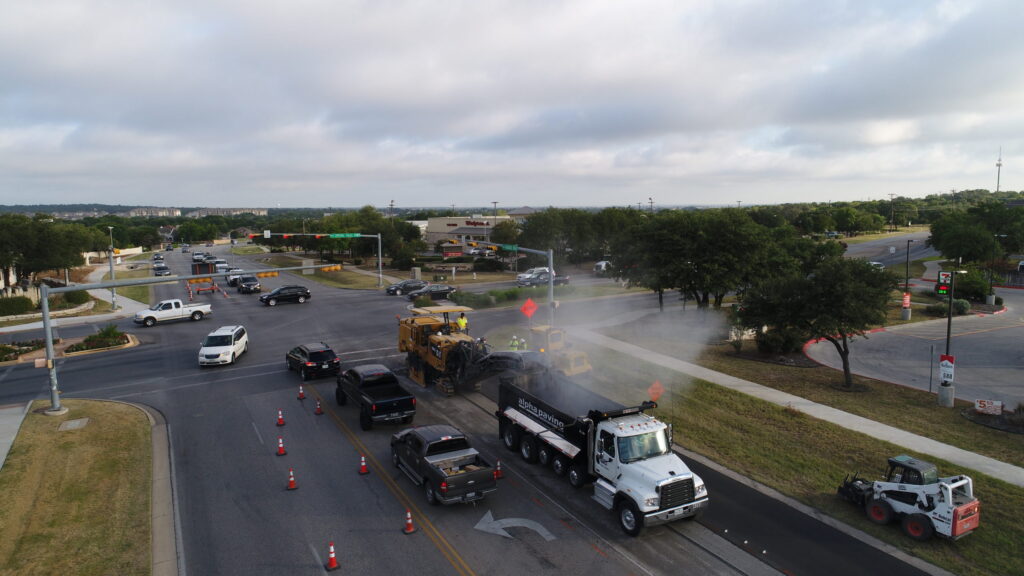If you are having an asphalt overlay installed or are building a new asphalt pavement, your asphalt contractor may have mentioned the need for Tack Coat & Pavement Preparation. Although the name may have given you a clue as to what tack coat is, you may still be wondering about its benefits.
Tack Coat & Pavement Preparation – The Importance And How It Works
What Is Tack Coat?
A tack coat is a sticky film that is applied between two layers of asphalt or between existing pavement and an overlay. Most contractors use either asphalt binder or asphalt emulsion for tack coats. Asphalt binder is also called asphalt cement; asphalt emulsion is a mixture of asphalt binder, an emulsifying agent and water.
What Are the Benefits of Tack Coat?
Tack coat strengthens the bond between two layers of pavement. This stronger bond helps redistribute the weight of traffic throughout the depth of the pavement. In turn, these two factors improve the pavement’s durability while reducing the risk of slippage between the two layers that can cause the pavement to fail. Tack coat also helps prevent top-down cracking in the newly installed asphalt layers.
About the Application
Tack coat is typically applied with a sprayer. However, the application method and rate are not as important to success as the amount of binder that remains on the pavement after the tack coat has set.
For most applications tack coat will be applied to cover between 90 and 95 percent of the surface. This is sufficient for a strong bond to develop. The tack coat must be applied to the correct thickness; too little tack coat reduces the strength of the bond and therefore the durability of the pavement, but too much can create a slip plane that allows the upper layer to slide when placed in use. The condition of the pavement affects the amount of tack coat needed, with coarse or absorbent surfaces requiring a thicker layer of tack coat than smooth, new surfaces. Additional tack coat may also be needed if there are hairline cracks in the pavement or if the existing pavement is oxidized and aged as older pavements will absorb more tack coat, leaving less residual material to form a strong bond.
Factors Influencing the Use of Tack Coat
Tack coat should always be applied to clean surface. If the pavement has been milled, a thicker layer of tack may be needed to compensate for any dirt or dust that remains deep in the milling grooves. Additional tack coat may also be needed when applying an asphalt overlay on top of concrete pavement.
Contractors must also evaluate the terrain and the type of traffic that the pavement will receive. In hot climates or on areas of the pavement where traffic will be braking, accelerating or turning, tack coat is advisable between every new layer of asphalt. If the terrain features steep grades, tack coat is highly recommended, but the contractor may need to reduce the amount of tack coat used to prevent slippage caused by heavy trucks.
To Learn More
As a full-service asphalt paving company serving the Austin metropolitan area as well as many locations throughout Central Texas, Alpha Paving Industries can help you with all of your paving and pavement maintenance needs. We are known for our professionalism, quality workmanship, outstanding customer service and competitive rates. Alpha Paving Industries offer a wide range of services, including asphalt paving, parking lot striping, asphalt repairs, pavement markings and sealcoating. If you have more question about Tack Coat & Pavement Preparation, or would like a free estimate, please submit the quote request form online or call (512) 677-9001.




